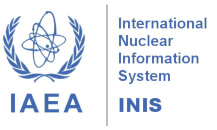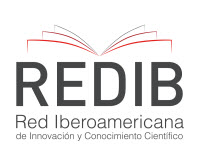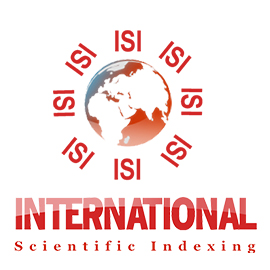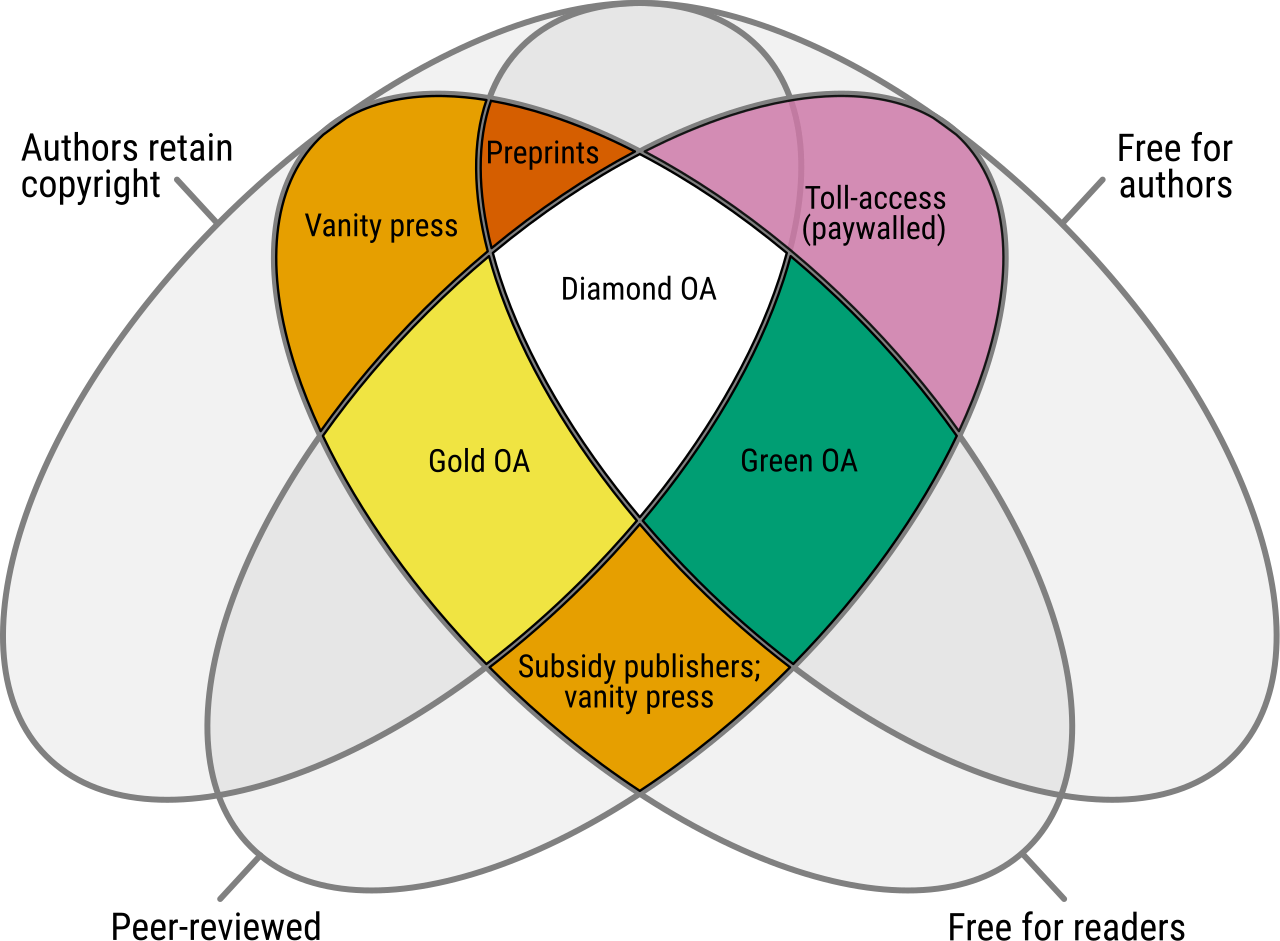New article published in 13(3A) - RADIO 2024
Analysis of the Relationship Between Absorbed Dose and Its Effect on Plant Materials: A Literature Review
Abstract: Gamma radiation has been widely explored as a physical elicitor capable of modifying plant metabolism. Its influence on the biosynthesis of secondary metabolites, which play key roles in defense, adaptation, and therapeutic action, has gained increasing interest in phytochemical and pharmacological research. This study aimed to systematically review the effects of gamma radiation on plant-derived secondary metabolites, highlighting dose-response relationships and potential biotechnological applications. A literature review was conducted using PubMed, SciELO, and BVS databases, focusing on studies published between 2019 and 2024. The search strategy included descriptors such as "gamma radiation," "secondary metabolites," and "plant materials." After applying eligibility criteria, 23 studies were selected. The studies revealed that gamma irradiation influences a wide range of secondary metabolites, including phenolics, flavonoids, terpenes, alkaloids, and saponins. Most results indicate that doses (5–100 Gy) tend to enhance the synthesis of bioactive compounds with antioxidant, antimicrobial, and anticancer properties. However, higher doses often lead to inhibitory or toxic effects. The response varied significantly across plant species and compound classes. Gamma irradiation presents great potential to optimize the production of high-value phytochemicals for therapeutic use. Nevertheless, the absence of standardized dose-response profiles and the limited understanding of molecular mechanisms highlight the need for further multidisciplinary research to ensure the safe and effective application of this technology in phytopharmaceutical development. Read full article.






















